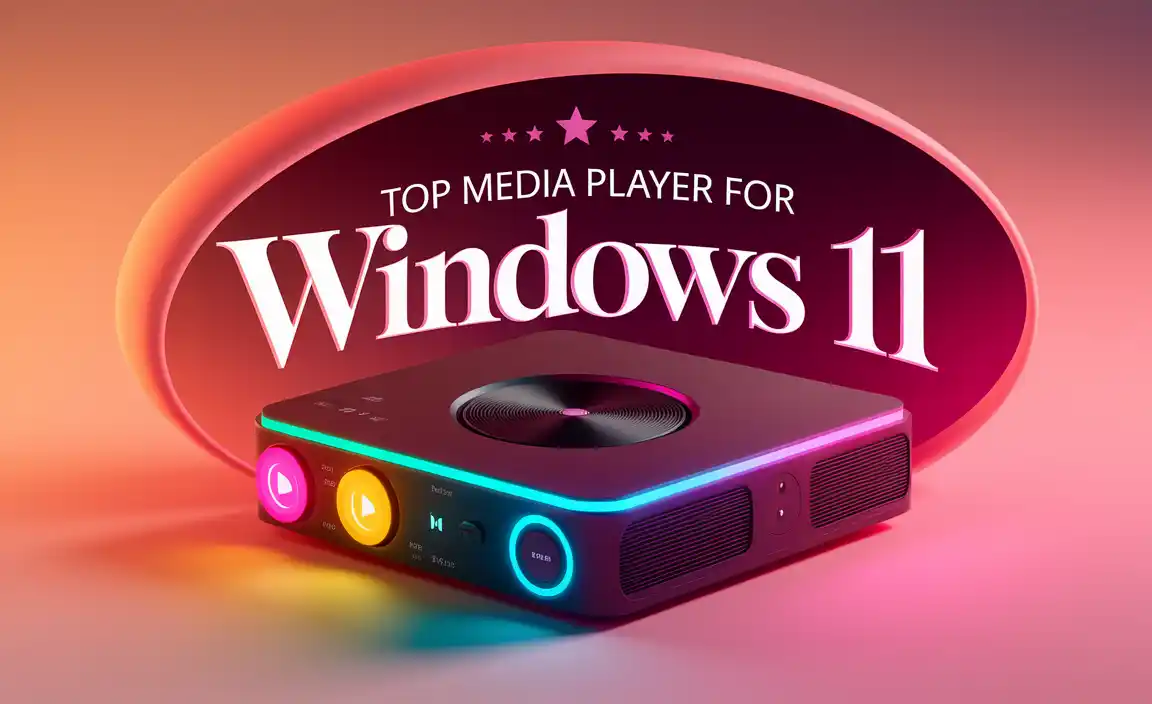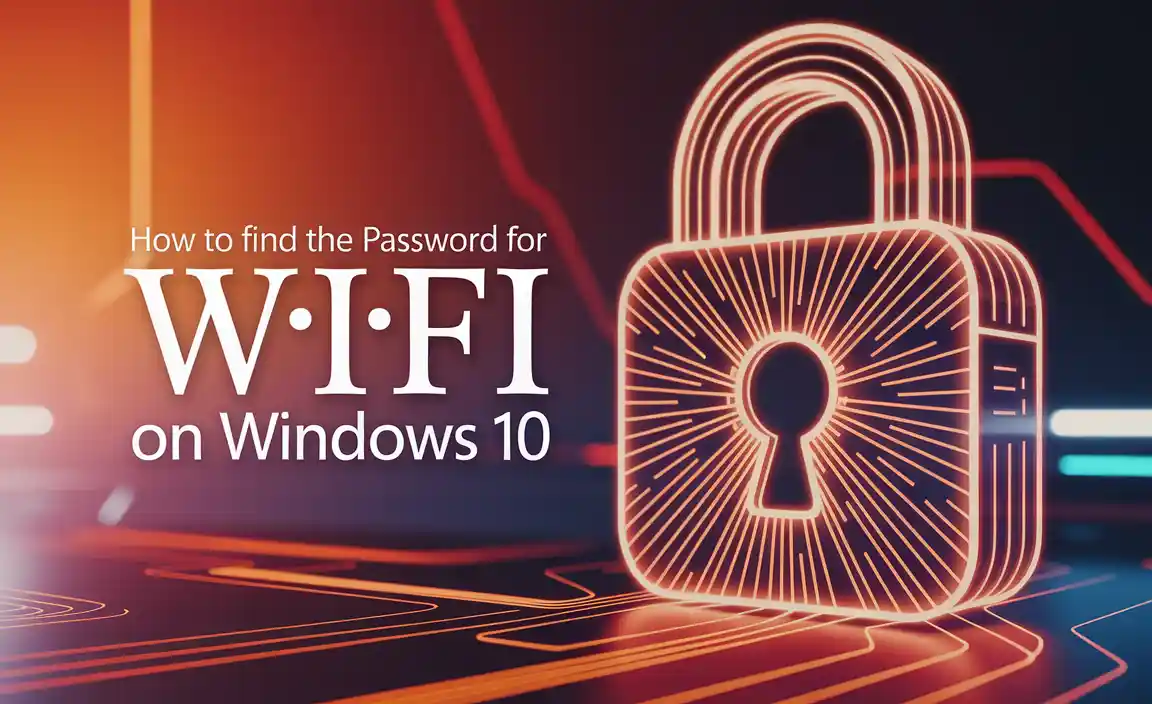Creating a partition for Windows 10 might seem like a technical task, but it’s an incredibly useful skill that can significantly improve your computer’s organization, performance, and data safety.
Whether you’re looking to install a second operating system, dedicate space for large game libraries, or simply want to segregate your personal files from your system files, understanding how to create a partition is a valuable asset. This guide will walk you through the process step-by-step, demystifying the technical jargon and making it accessible to users of all levels.
Why Partition Your Hard Drive in Windows 10?

Before we dive into the “how,” let’s quickly explore the “why.” Partitioning your hard drive essentially divides your physical storage space into multiple, independent sections. Each section, or partition, is treated by Windows as a separate drive. The benefits of doing this are numerous:
Organization: You can dedicate specific partitions to different types of data. For example, one partition for your Windows installation and applications, another for documents, photos, and videos, and perhaps a third for games. This makes backups and file management much simpler.
Data Security and Recovery: If your Windows operating system partition becomes corrupted, you can often reinstall Windows on that partition without affecting the data on your other partitions. This significantly reduces the risk of data loss.
Performance: While not always dramatic, separating your operating system from your data files can sometimes lead to slight performance improvements, especially on older or slower drives. This is because the system and data files are less likely to be fragmented on separate drives.
Dual Booting: If you wish to install another operating system alongside Windows 10 (like Linux), you will need to create a separate partition for it.
Disk Cleanup: It’s easier to manage the space on individual partitions and identify which one is consuming the most storage.
Understanding Disk Management in Windows 10

Windows 10 comes with a built-in tool called Disk Management, which is your primary gateway to creating and managing partitions. It’s a powerful yet relatively user-friendly utility that allows you to perform various disk operations without needing third-party software.
To access Disk Management:
1. Right-click on the Start button (the Windows logo in the bottom-left corner of your screen).
2. Select Disk Management from the context menu.
You’ll be presented with a graphical representation of your hard drives and their partitions. Familiarize yourself with this interface; it will show you your system disk (usually Disk 0) and any other drives you have installed. You’ll see information like drive letters, partition sizes, file systems (like NTFS), and the status of each partition (e.g., Healthy).
Creating a Partition for Windows 10: The Step-by-Step Process
The most common scenario for creating a new partition is when you have unallocated space on your hard drive. This might be a brand-new drive or space that you’ve freed up by shrinking an existing partition.
Checking for Unallocated Space
Look at your Disk Management window. Do you see any areas labeled as “Unallocated”? If so, you’re ready to proceed. If not, you’ll first need to shrink an existing partition to create unallocated space.
Shrinking an Existing Partition (If Needed)
1. In Disk Management, right-click on the partition you wish to shrink (e.g., your main C: drive).
2. Select Shrink Volume.
3. Windows will query the available shrink space. This might take a moment.
4. In the “Enter the amount of space to shrink in MB” field, enter the desired size in megabytes (MB) for your new partition. For example, if you want a new 100GB partition, enter 102400 MB (since 1GB = 1024MB).
5. Click Shrink.
You should now see a new block of “Unallocated” space in your Disk Management window.
Creating the New Partition
Now that you have unallocated space, you can create your new partition:
1. In Disk Management, right-click on the Unallocated space.
2. Select New Simple Volume.
3. The “New Simple Volume Wizard” will pop up. Click Next.
4. Specify Volume Size: The wizard will default to using all available unallocated space. You can adjust this if you want to create multiple smaller partitions from the unallocated space, but for creating a single partition, leave it as is. Click Next.
5. Assign Drive Letter: Choose a drive letter for your new partition. Windows will suggest the next available letter. You can accept the default or choose another from the dropdown. Click Next.
6. Format Partition:
File system: For Windows 10, NTFS is the recommended and standard file system.
Allocation unit size: Leave this as Default.
Volume label: This is the name your partition will have (e.g., “Data,” “Games,” “Documents”). Enter a descriptive name.
Perform a quick format: Keep this checked for faster formatting.
Enable file and folder compression: Generally, leave this unchecked unless you have a specific need for it, as it can impact performance.
7. Click Next.
8. Review and Finish: You’ll see a summary of your choices. If everything looks correct, click Finish.
Windows will now format the new partition, assign it a drive letter, and it will appear in File Explorer as a new drive, ready for use.
Important Considerations and Tips
Back Up Your Data: While creating partitions is generally safe, it’s always a good practice to back up important data before making any significant changes to your disk structure.
System Reserved Partition: Do not attempt to create partitions within or alter the “System Reserved” partition. This is critical for Windows to boot.
Primary vs. Logical Partitions: In older systems, there was a distinction between primary and logical partitions. In modern Windows installations using GPT (GUID Partition Table) disk format, this distinction is less relevant, and you can create up to 128 primary partitions without issues. MBR (Master Boot Record) still has limitations. Disk Management usually handles this automatically for you.
Third-Party Tools: While Disk Management is sufficient for most users, if you need more advanced features like merging partitions, converting between file systems without data loss, or resizing partitions without unallocated space, you might consider reputable third-party partition management software.
* One Partition at a Time: It’s best to create one partition at a time, especially if you’re new to the process.
By following these steps, you can effectively learn to create a partition for Windows 10, enhancing your system’s organization and functionality. This simple process unlocks a more streamlined and efficient computing experience.



